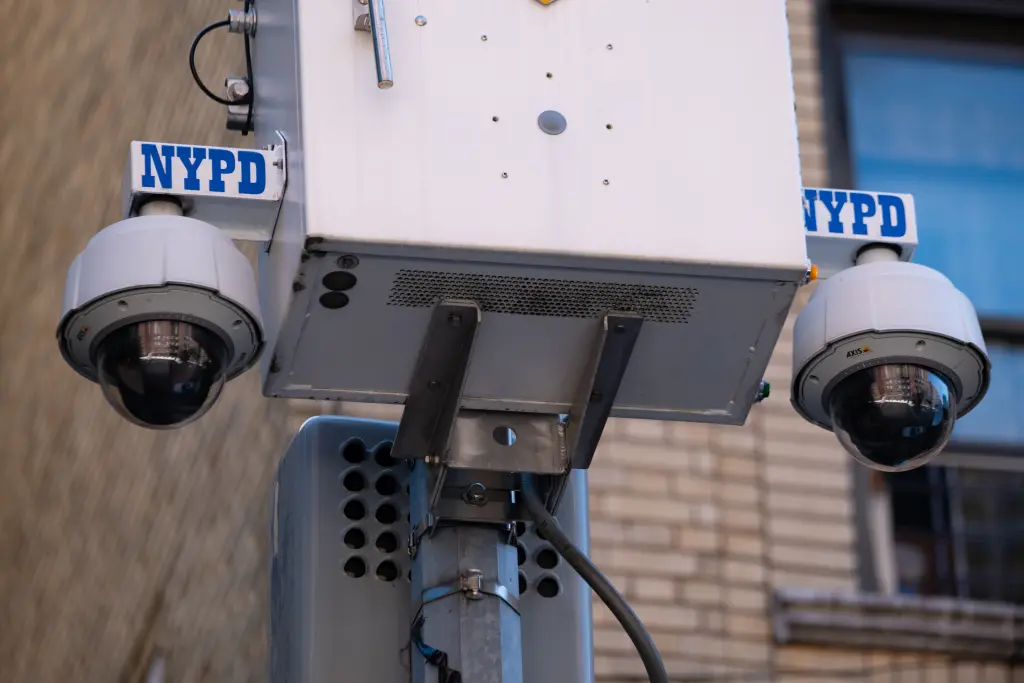Can the relentless march of technology truly make our streets safer, or does it come at a cost to our personal freedoms? This question takes center stage as we delve into the New York Police Department’s integration of artificial intelligence, drones, and DNA technology in modern law enforcement.
In December 2024, the NYPD faced a formidable challenge: the assassination of United Healthcare CEO Brian Thompson on a bustling Manhattan street. To track down the perpetrator, the department deployed an arsenal of advanced tools. Surveillance cameras captured the suspect’s movements, while AI-driven facial recognition software analyzed these images to generate potential leads. Drones provided aerial perspectives, assisting in mapping the suspect’s escape route. Additionally, DNA analysis of evidence collected at the scene aimed to uncover genetic clues that could identify the killer.

The benefits of such technological integration are evident. AI enhances the speed and accuracy of data analysis, enabling swift identification of suspects. Drones offer real-time situational awareness, aiding in both emergency response and tactical planning. DNA technology provides precise identification, often serving as irrefutable evidence in criminal investigations. Collectively, these tools can lead to quicker resolutions of cases, potentially deterring future crimes.
However, the deployment of these technologies is not without controversy. Privacy advocates express concerns over the extent of surveillance, fearing that constant monitoring may infringe upon civil liberties. The use of facial recognition software, in particular, has sparked debates due to its potential for misidentification and the ethical implications of mass data collection. Drones, while beneficial for public safety, raise questions about the boundaries of acceptable surveillance and the potential for abuse.
The NYPD’s approach reflects a broader trend in law enforcement agencies worldwide, striving to balance technological advancements with the preservation of individual rights. As AI, drones, and DNA analysis become more ingrained in policing, ongoing dialogue is essential to navigate the fine line between enhanced security and the protection of personal freedoms.
In conclusion, while the integration of advanced technologies in law enforcement offers promising enhancements to public safety, it also necessitates careful consideration of privacy concerns. The case of Brian Thompson’s assassination underscores the double-edged nature of these tools, highlighting the need for transparent policies and ethical guidelines to ensure that the pursuit of security does not come at the expense of the very freedoms it seeks to protect.















